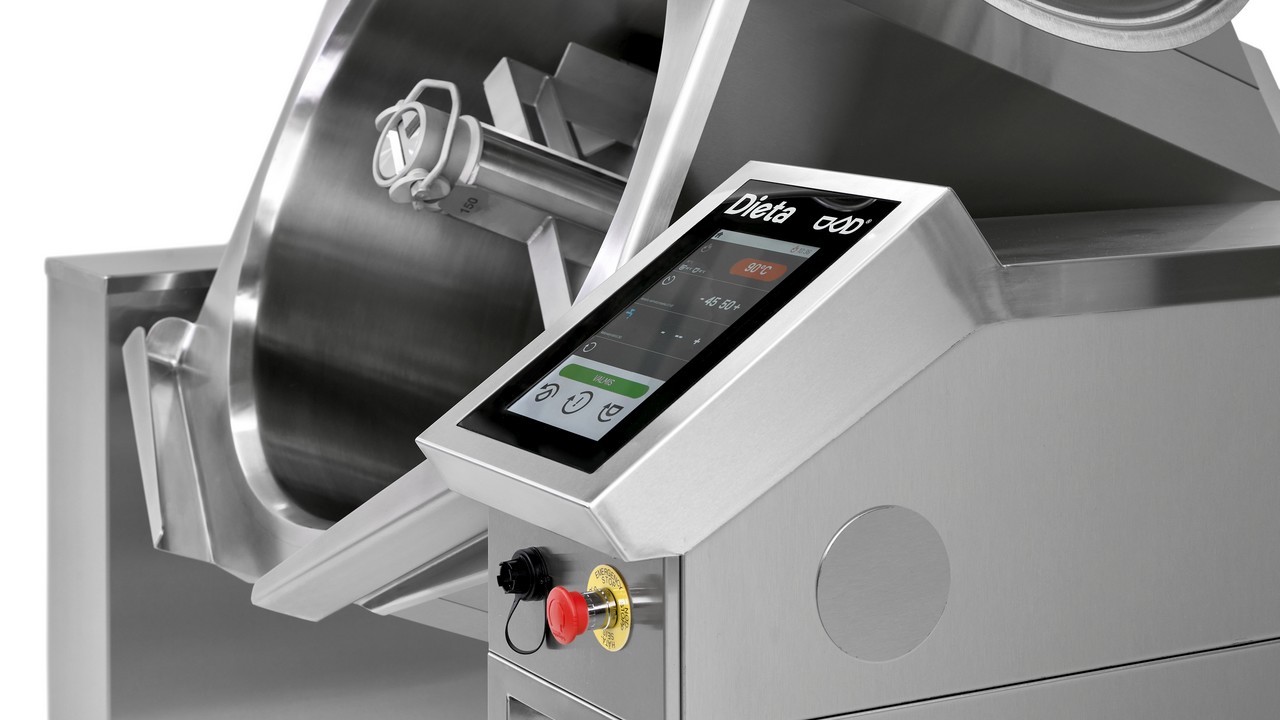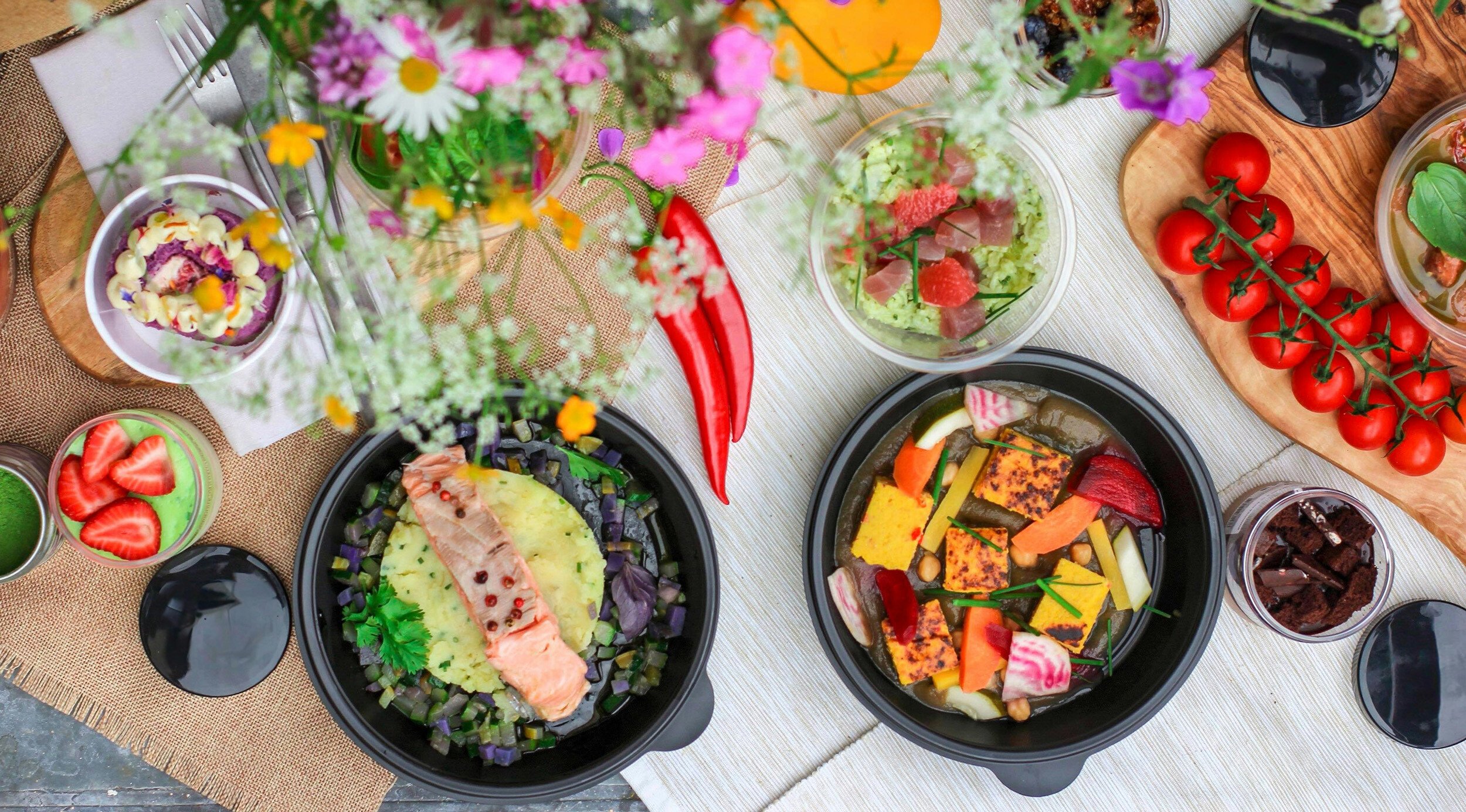Does the Perfect Steak Require Searing?
It has long been taught that a perfect steak requires an extremely hot pan to sear and brown properly. Searing the steak’s surface shut prevents it from drying out and keeps the juices inside.
However, when thinking about the cooking process logically, this well-known method seems a bit questionable:
If the meat’s surface is seared shut while cooking, the liquid inside the meat is supposedly trapped. As the meat is heated, the moisture inside turns into steam. If the surface is indeed sealed, the result would be a pressure vessel – meaning an explosion. Of course, this is an exaggerated way of looking at it, but it challenges the traditional thinking behind meat searing.
The Role of Browning in Cooking
Many believe that meat should be well browned before using it in stews to make it more tender and flavorful. While browning does enhance flavor, it is essential to remember that meat always releases liquid during cooking, whether it is being fried or simmered. This happens due to the changes in meat proteins when exposed to heat.
Looking at it from another perspective, the only real reason for browning meat is to add more flavor to the dish.

The Maillard Reaction and the Importance of Browning
Browning, also known as the Maillard reaction, is often responsible for the delicious taste and color of food. This chemical reaction occurs when sugars and proteins on the food’s surface are exposed to heat.
It is also often thought that high temperatures are required to trigger the Maillard reaction. But that't not necessarily the case. Different ingredients brown at different temperatures, and the required temperature does not have to be very high, explains Dieta Chef Sami Lamminaho.
For example, onions begin to brown beautifully at just 120°C. This means that roasted or toasted flavors can be developed in a variety of ingredients when handled correctly.
Cooking with Butter and the Right Temperature
If we consider how butter behaves in a hot bratt pan, browning begins at approximately 120°C and reaches its peak at around 130°C. This means that the optimal temperature for browning butter would be 125°C.
It has always been taught that a bratt pan must be very hot to prevent meat from boiling instead of browning. However, this reasoning doesn’t entirely hold up: if the pan is too hot, butter can burn before the meat is even properly seared.

Sous Vide Cooking and Final Searing
In sous vide cooking, meat is prepared in a precisely controlled temperature environment inside a vacuum-sealed bag before being seared. This method ensures exceptionally even cooking and a tender result.
While sous vide-cooked meat is already delicious on its own, it is often finished in a pan with butter to achieve a beautifully browned crust and crispy surface. This raises the question: does this modern technique challenge the long-held traditional approach?

Browning Meat in a Mixing Kettle
"At first, I didn’t think it was possible to make a proper meat stew in a mixing kettle with lightly browned meat. I wondered if the meat would turn out perfectly tender. But with Dieta’s mixing kettle, which reaches 125°C, onions brown beautifully. And once you add diced beef and let it cook for a short while, it gets a nicely browned surface too", reflects Dieta Chef Sami Lamminaho.
Thanks to the controlled temperature, steam heating, and the gentle yet efficient movement of the mixing kettle, achieving a well-browned and flavorful result is not only possible but highly effective in professional kitchens.



